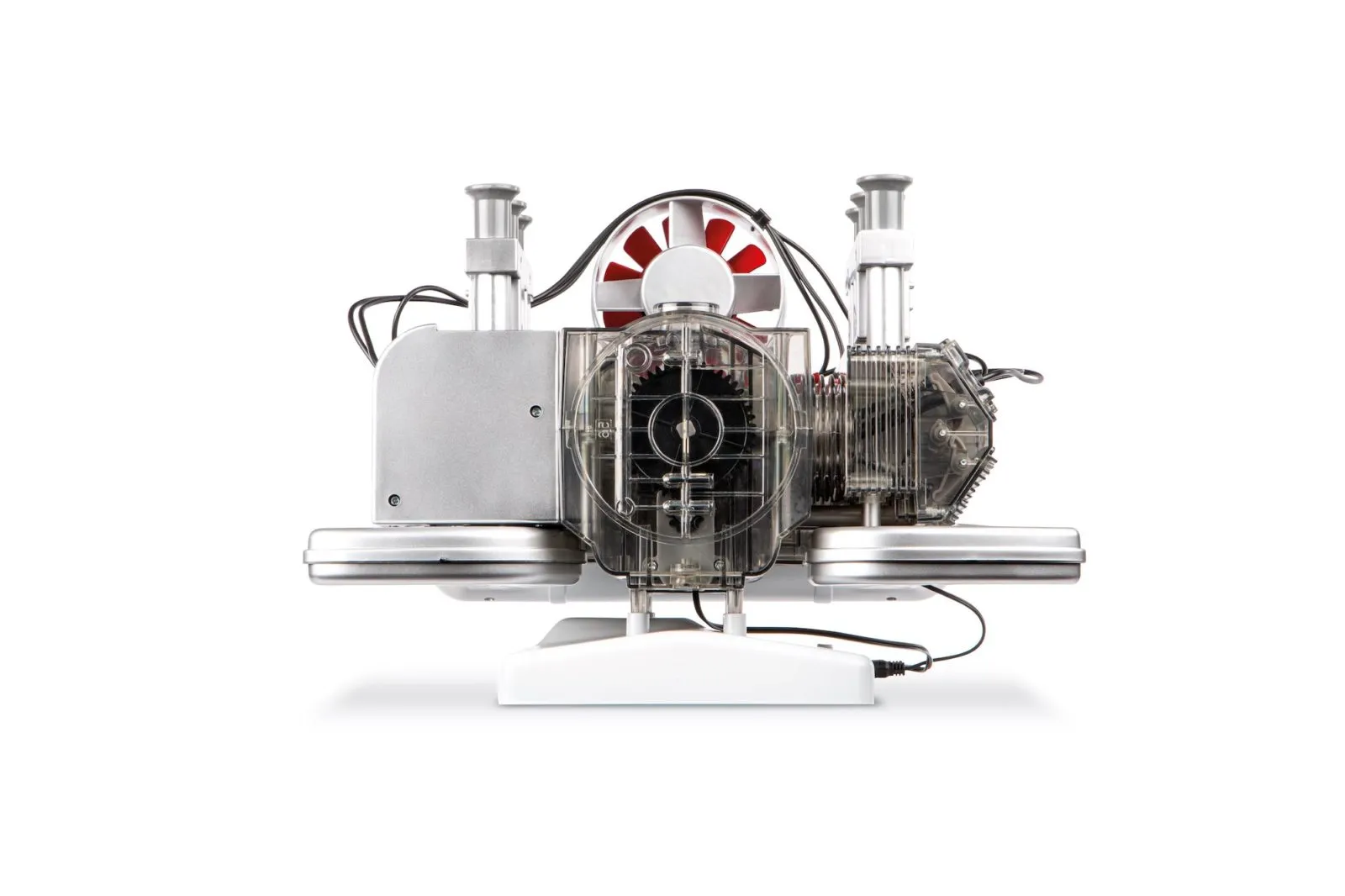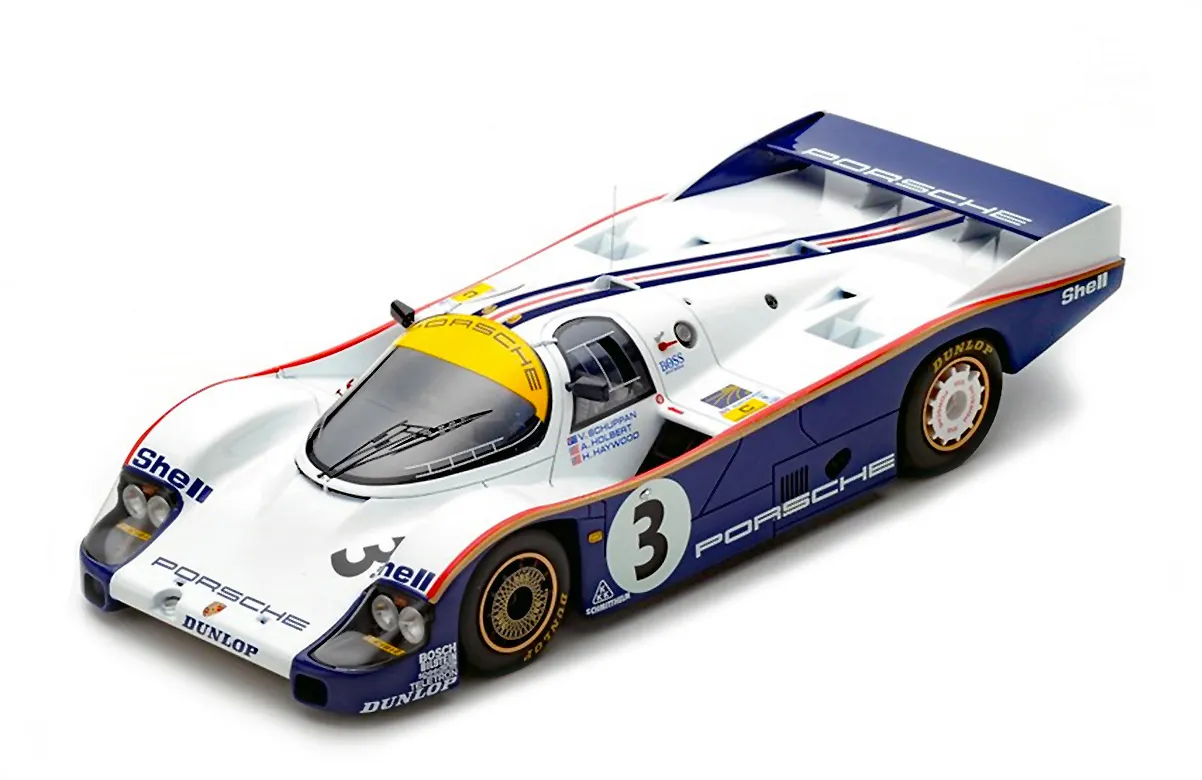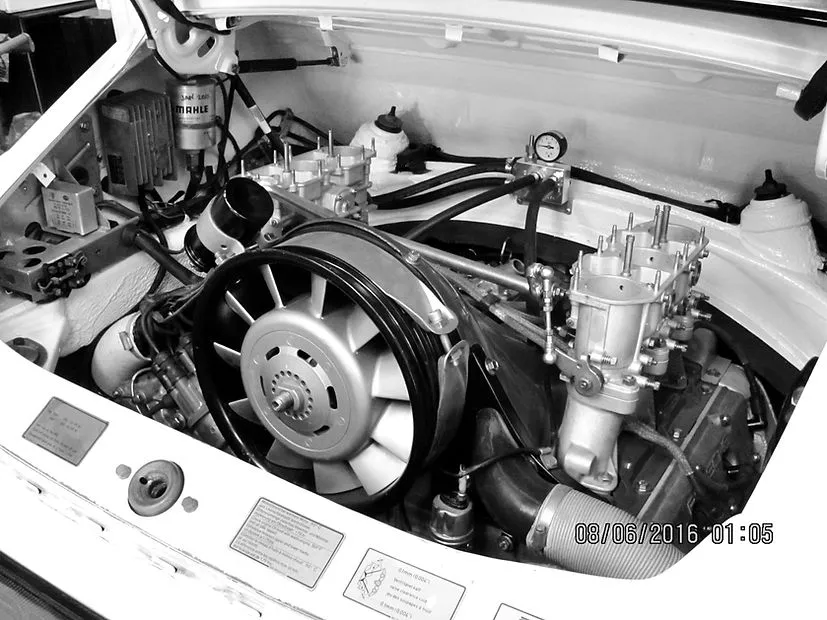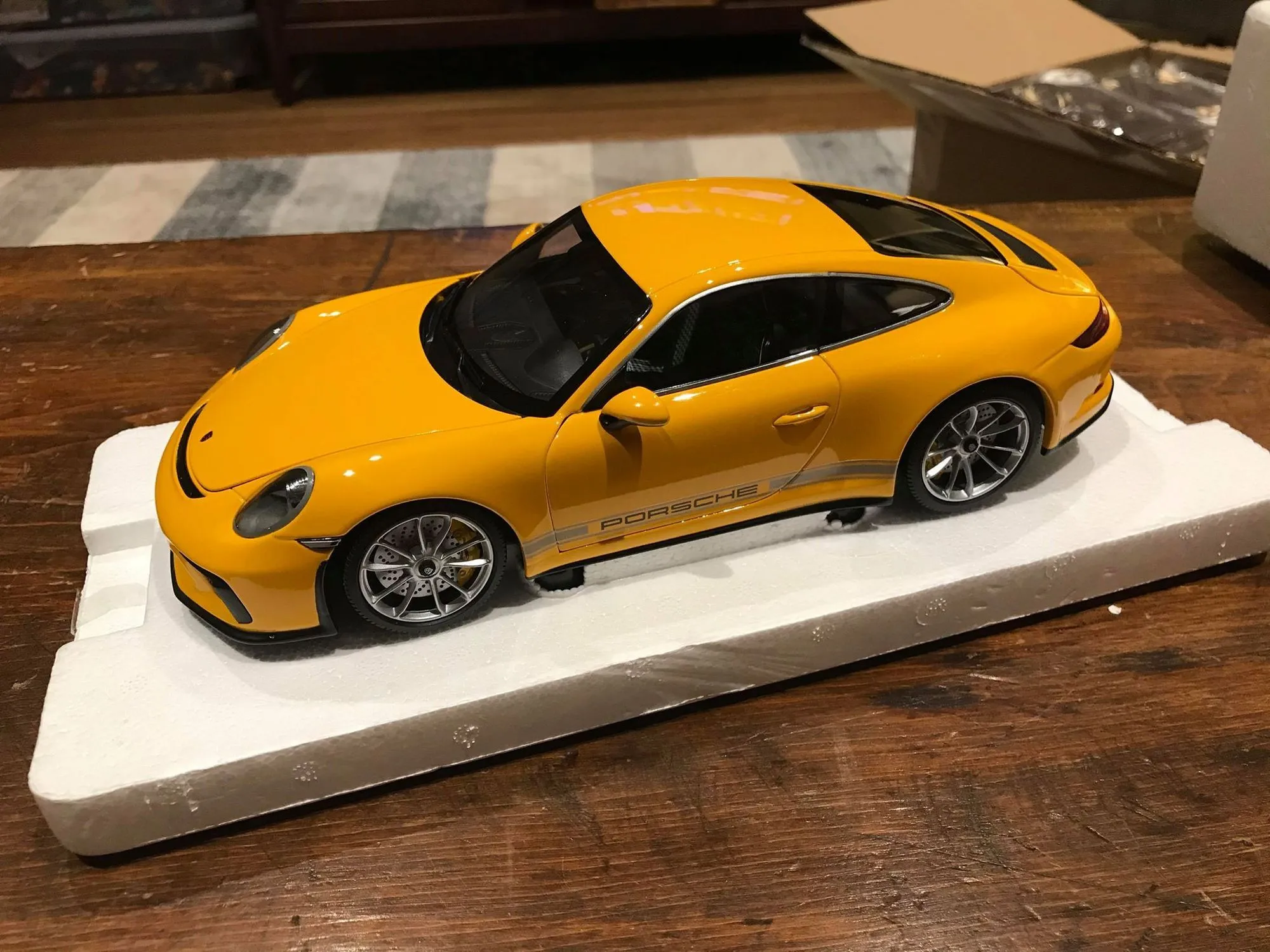What is a Porsche Diecast Engine
A Porsche diecast engine is a miniature replica of a Porsche engine, typically made from diecast metal. These models are highly detailed and often sought after by collectors and enthusiasts. Building a replica involves taking a diecast model and modifying it, adding details, and enhancing its appearance to create a highly accurate representation of the original engine. This project can be a rewarding hobby for those who enjoy intricate craftsmanship and appreciate the engineering of Porsche vehicles. The level of detail can range from simple modifications to complete overhauls, depending on the builder’s skill and dedication. The goal is to create a visually stunning and realistic model that captures the essence of the Porsche engine. This guide will walk you through the process, from selecting the right materials to the final display.
Materials You’ll Need
To build a Porsche diecast engine replica, you’ll need a variety of materials. First, you’ll need a diecast model of a Porsche car. Choose a model that has a detailed engine bay and that you are happy to work with. You’ll also need various paints, including primer, base colors, and detail paints. Acrylic paints are often preferred because they are easy to work with and dry quickly. You’ll need different brushes, from fine-tipped brushes for intricate details to larger brushes for base coats. Other essential materials include super glue or epoxy for assembling parts, masking tape for creating clean lines during painting, and various grades of sandpaper for smoothing surfaces. Additionally, consider using weathering powders or washes to add realism, and clear coat to protect the paint finish. Finally, have some small plastic or metal rods and sheets for scratch-building any missing parts or details.
Essential Tools

Having the right tools is crucial for a successful build. Start with a set of small screwdrivers, pliers, and tweezers for disassembling and reassembling the model. A hobby knife or X-Acto knife is essential for cutting and trimming parts. You’ll also need a cutting mat to protect your work surface. A drill with small drill bits will be necessary for creating holes or modifying parts. A magnifying glass or head-mounted magnifier can be invaluable for seeing the fine details. For painting, you’ll need an airbrush or spray cans for applying even coats of paint, along with a ventilation system to remove paint fumes. Finally, various files and sanding sticks are useful for smoothing and shaping parts. Proper lighting is essential for seeing details, so make sure your workspace is well-lit.
Step-by-Step Building Guide
Building a Porsche diecast engine replica is a meticulous process. Begin by carefully disassembling the diecast model, removing the engine from the chassis and separating all engine components. Next, prepare the parts for painting by cleaning them and removing any imperfections. Apply primer, followed by base coats and detail colors. Once the paint has dried, reassemble the engine, adding any aftermarket or scratch-built parts. Add weathering effects and apply a clear coat to protect the finish. Finally, reassemble the engine into the chassis, ensuring all parts are correctly aligned and secured. This process will take patience and attention to detail, but the results will be worth the effort. Proper planning and research will result in a more accurate representation of the original engine.
Disassembly and Preparation
Before you begin painting and detailing, the diecast engine must be disassembled. Carefully remove the engine from the chassis of the diecast model. Use small screwdrivers and pliers to detach all engine components. Take photos or make notes during disassembly to help you remember where everything goes. Separate the parts and clean them thoroughly to remove any dust or debris. Next, remove any existing paint using a suitable paint remover, taking care not to damage the underlying material. Once the parts are clean and paint-free, inspect them for imperfections or flaws. Fill any gaps or imperfections with putty and sand them smooth. This step is critical for achieving a smooth and professional finish. Preparing the parts properly will ensure that your final model looks its best.
Painting and Detailing

Painting and detailing are essential steps in creating a realistic Porsche diecast engine replica. Start by applying a primer coat to all parts. This will help the paint adhere to the metal and create a smooth surface. After the primer has dried, apply the base coats using an airbrush or spray cans for even coverage. Use the correct colors for the engine block, cylinder heads, and other components. Once the base coats have dried, start adding detail paints. Use fine-tipped brushes to paint small details such as bolts, wires, and logos. Consider using weathering techniques, such as washes and dry brushing, to add depth and realism. Finally, apply a clear coat to protect the paint finish and give the engine a polished look. The quality of your paint job will greatly affect the overall appearance of the model. Ensure you are using the right paint and following all safety precautions for painting, such as wearing a respirator.
Assembly and Final Touches
After painting and detailing, it’s time to reassemble your Porsche diecast engine. Carefully reattach all components, referring to your photos or notes from disassembly. Use super glue or epoxy to secure parts together. Ensure that all parts align correctly and that there are no gaps or misalignments. Once the engine is assembled, add any final touches, such as decals or custom-made parts. Inspect the model for any imperfections and make any necessary corrections. This is also the time to add any weathering effects you missed during the painting process. The final touches will bring your model to life. Careful assembly and attention to detail will result in a stunning replica. Ensure you have a clean workspace and good lighting during this process to prevent errors. Take your time to ensure all connections are secure.
Tips for a Realistic Look
To achieve a realistic look, focus on the details. Research the specific Porsche engine you are replicating to ensure accuracy. Use reference photos to guide your detailing. Add weathering effects, such as rust and grime, to make the engine look used and authentic. Use different shades of paint to add depth and dimension. Consider adding aftermarket parts, such as wiring harnesses, to enhance the level of detail. Invest in quality paints and brushes. Take your time and be patient. The more effort you put into the details, the more realistic your model will look. Don’t be afraid to experiment with different techniques and materials. Use a magnifying glass to see small details more clearly, allowing you to improve your craftsmanship.
Choosing the Right Scale

Choosing the right scale for your Porsche diecast engine replica is important. The most common scales for diecast models are 1:18, 1:24, and 1:43. 1:18 scale models are the largest and offer the most detail, but require more space. 1:24 scale models are a good compromise between detail and size. 1:43 scale models are the smallest and are more compact. Consider your available space and the level of detail you want to achieve when choosing a scale. Larger scales generally allow for more detailed engine components. Research the availability of aftermarket parts in the chosen scale. The scale you choose will affect the overall look and feel of your finished model, so make your decision carefully. Consider the size of the model you will be working with and the level of detail you want to achieve.
Detailed Engine Components
Pay close attention to the detailed engine components to create an accurate Porsche diecast engine replica. This includes the engine block, cylinder heads, pistons, crankshaft, camshaft, and intake and exhaust manifolds. The use of realistic colors is essential, so research the colors of the specific engine model you are replicating. Detail the spark plugs, wires, and belts. Adding small details, such as bolts and nuts, can significantly enhance the realism of the model. Pay attention to the position of the components. Use reference photos to ensure your components are correctly positioned. Consider adding aftermarket parts. The level of detail can make a large difference in the overall appearance of the replica. Taking the time to focus on these detailed engine components will elevate the final model.
Displaying Your Porsche Diecast Engine
Once you have completed your Porsche diecast engine replica, you will want to display it. Consider a display case to protect your model from dust and damage. Choose a case that complements the size and scale of the engine. Use a clean and well-lit area. Consider adding a base or stand to the model to make it more stable and visually appealing. Arrange your models in a way that showcases your craftsmanship. You can also create a diorama setting with other model cars or accessories. Taking the time to display your model properly will enhance its visual appeal and allow you to show off your work. Think about the background and lighting to further enhance the display. Take pride in your work and display your finished model where you can enjoy it.
Showcasing Your Model

Showcasing your Porsche diecast engine replica allows you to share your passion and skill with others. Share photos of your model on social media platforms like Instagram and Facebook. Join online modeling communities. Participate in model car shows and contests. These events will allow you to display your model and connect with other enthusiasts. Share your knowledge and expertise. Be prepared to answer questions about your build process. Showcasing your model is a great way to get feedback and learn from other modelers. Embrace your enthusiasm for Porsche and model building. Sharing your model is a rewarding experience. Enjoy the process and the results of your hard work. Displaying your model showcases the time, effort, and attention to detail that you put into the project.
